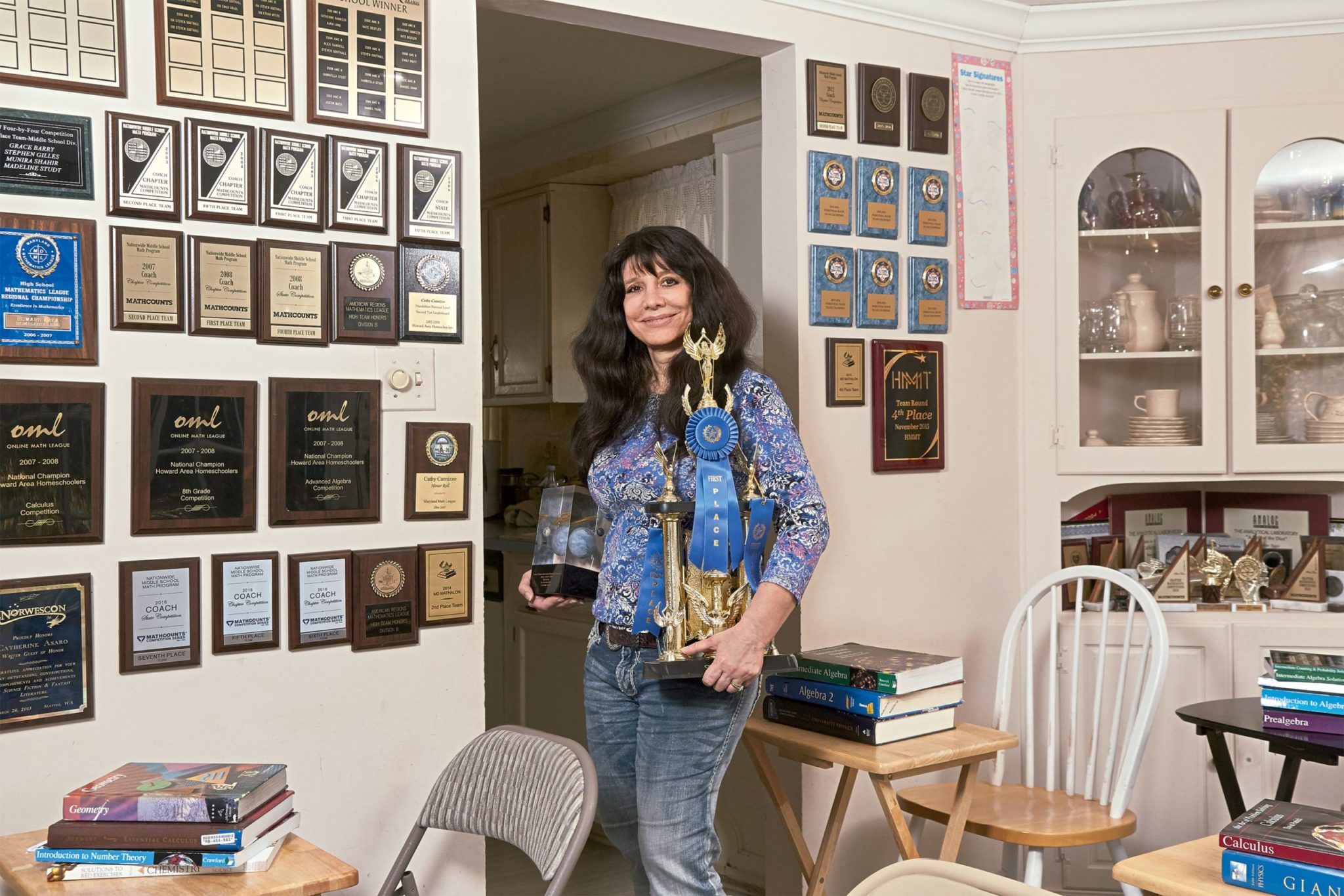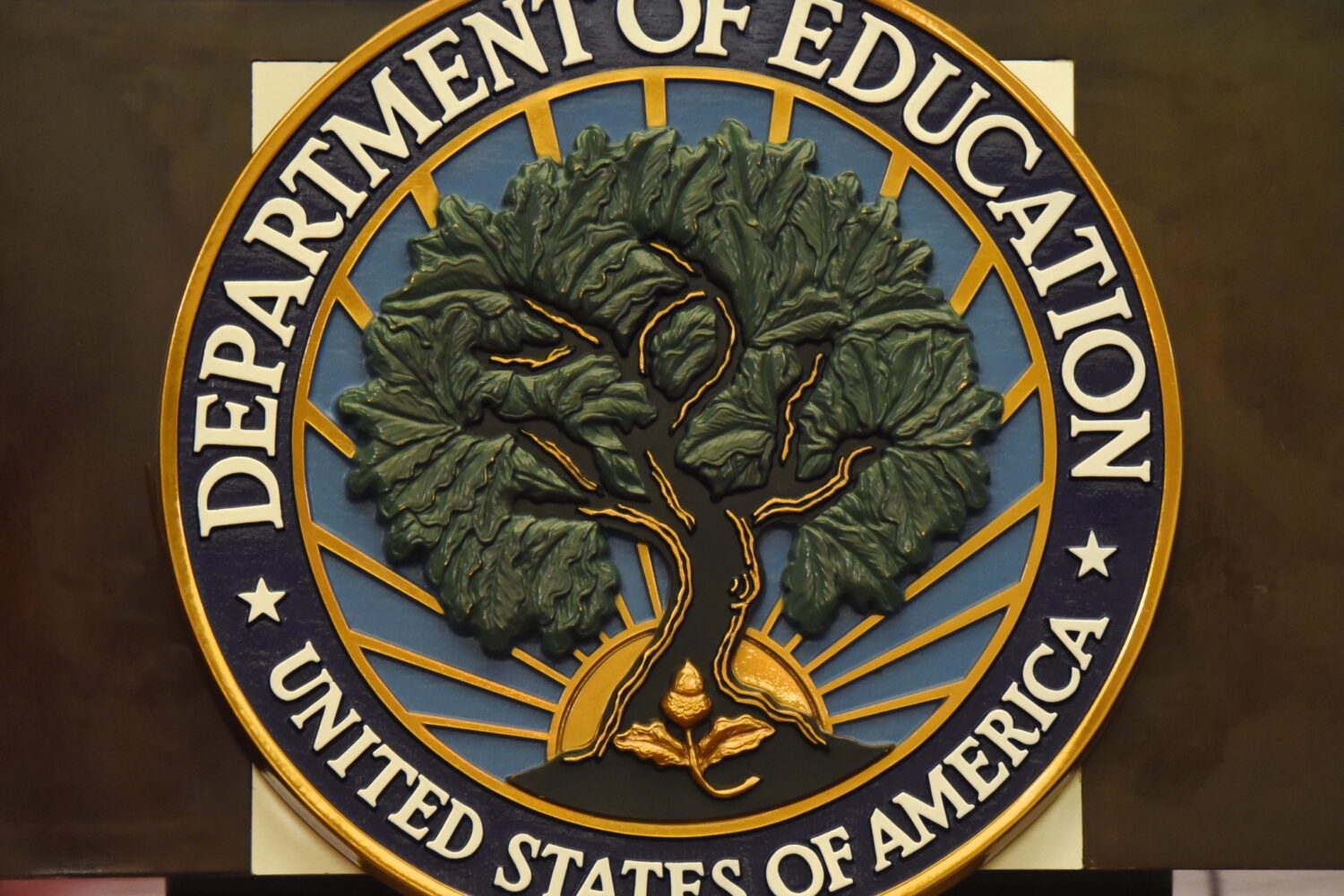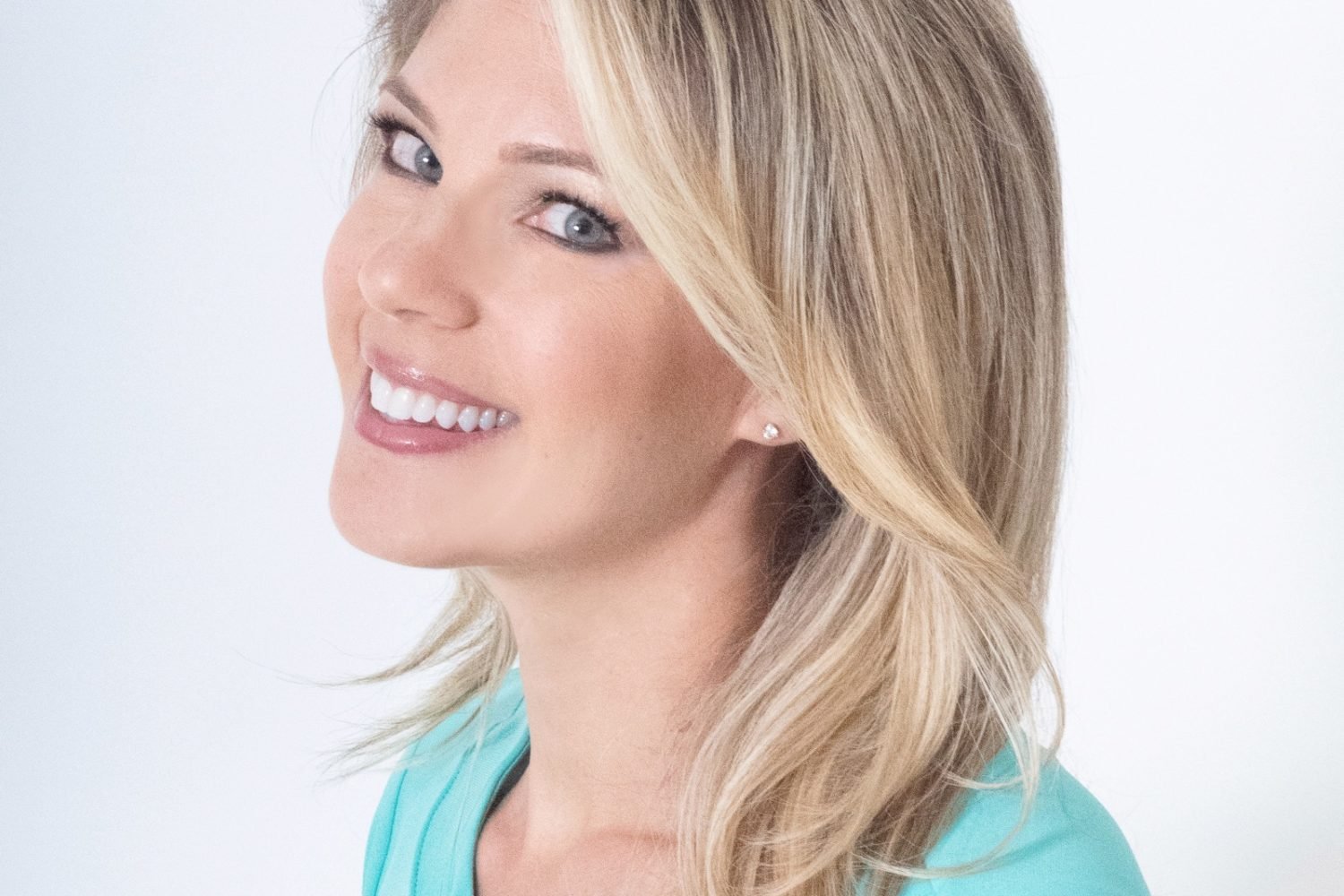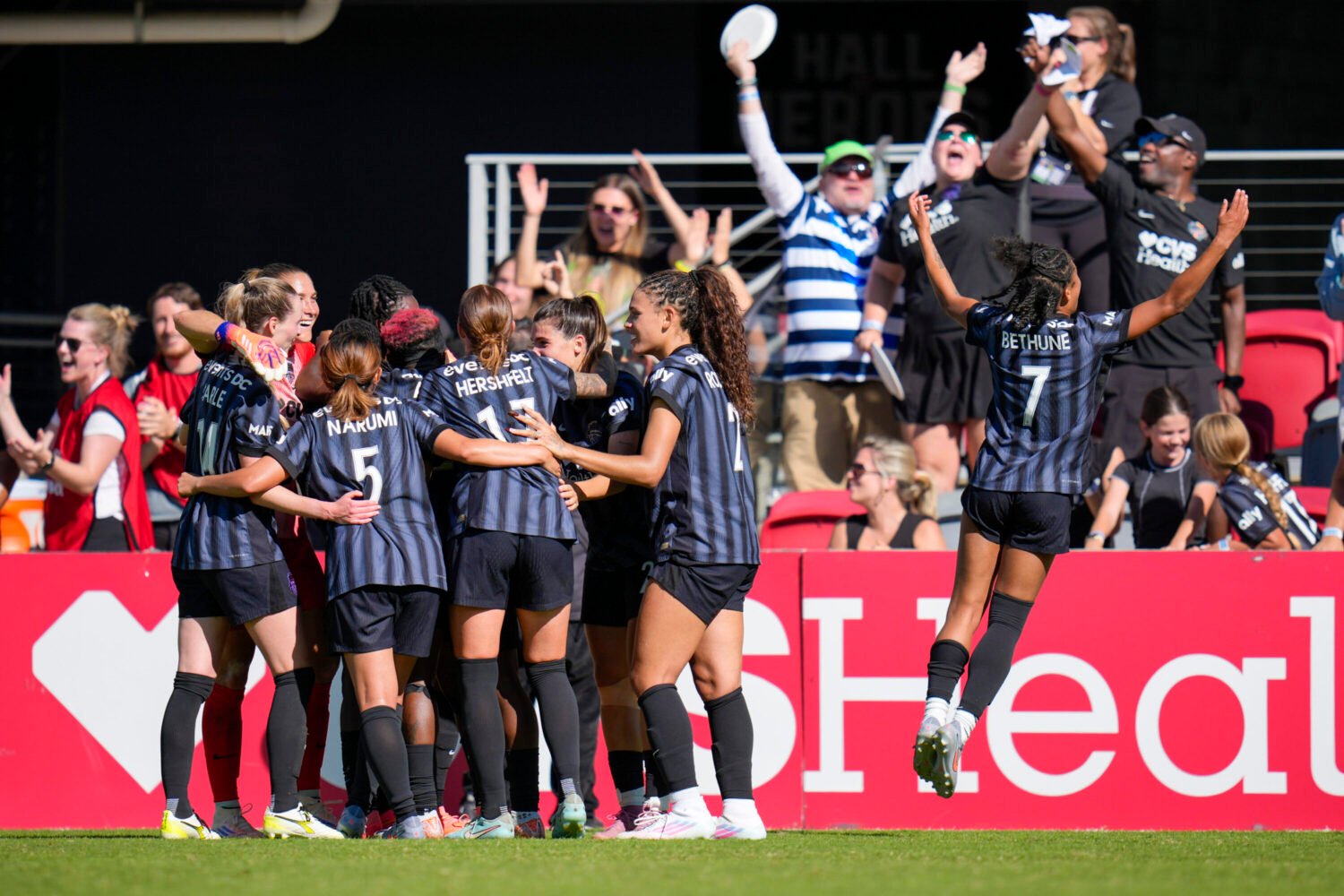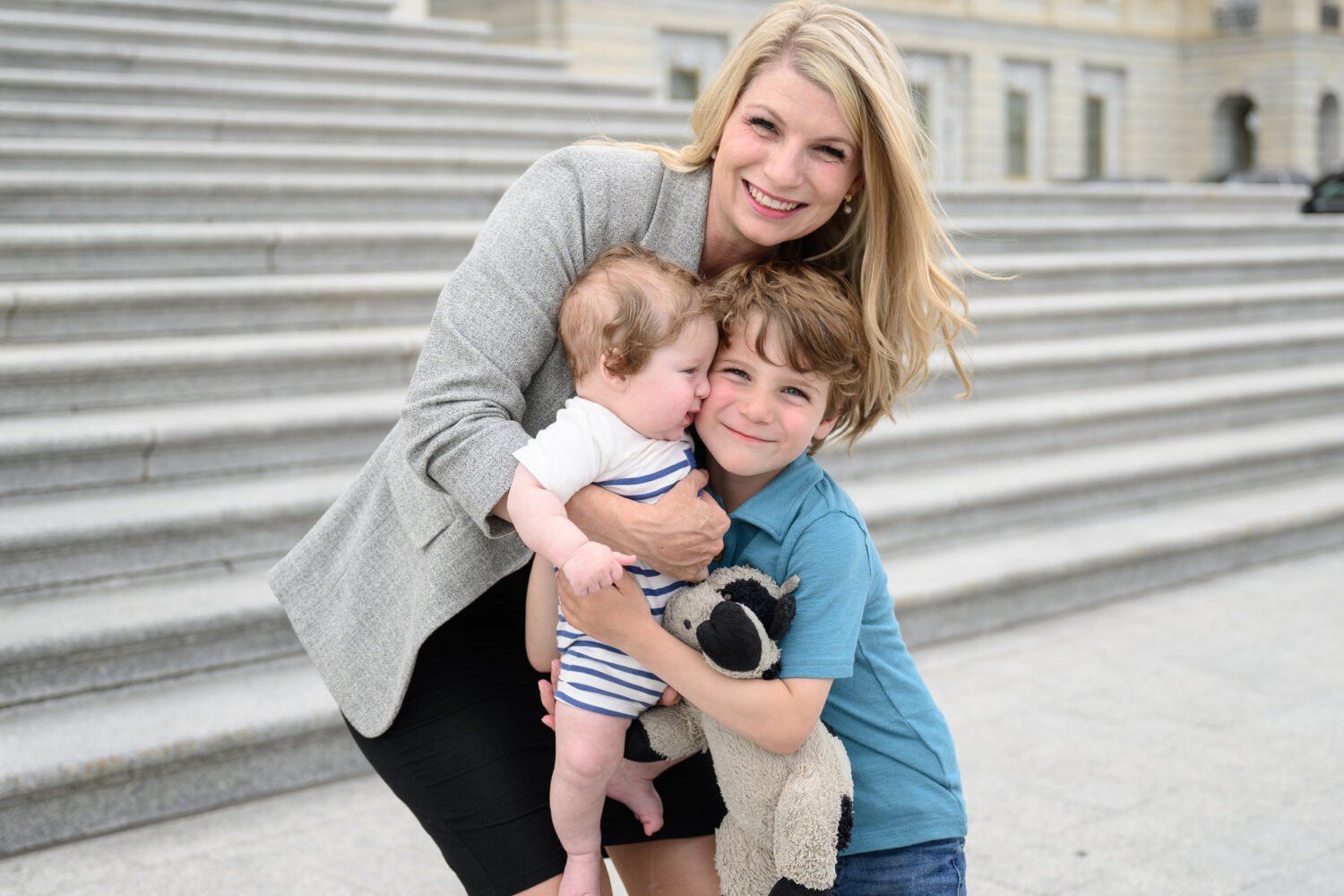Washington’s suburbs are rich with overachieving kids and anxious parents, ambitious college goals and lengthy extracurricular commitments—and of course, supplementary-education programs and afterschool tutors. You can sign your kid up for soccer instruction by a women’s Premier League coach or for Lego robotics taught by engineering grad students. But even in this hothouse environment, Catherine Asaro stands out.
If math were a sport, she’d be its Morgan Wootten. For more than a decade, the brightest STEM (science, technology, engineering, and math) prodigies in the area have taken classes from her in cinder-block-lined community rooms or cluttered spaces in her home. Her students have qualified for the USA Mathematical Olympiad and, in 2014, placed first and second at the University of Maryland High School Math Contest. In 2015, her team was named top program in the country by the Perennial Math Tournament. An entire wall in her living room is filled with trophies from MathCounts competitions. Asaro’s students have earned scholarships to the University of Maryland and attend places such as Stanford and MIT.
But here’s the odd thing: In a region of less intense academic ambition, Asaro’s tutoring would be the least interesting of her jobs. Few other math teachers are also award-winning science-fiction novelists who tutor students in what was originally meant to be a side gig. The story of how Asaro’s tutoring slowly subsumed the rest of her life—to the degree that it seriously hampers what she thinks of as her real job—is something not many of her whiz-kid pupils (or their parents) know. It says a lot about both Asaro herself and how Washington’s smartest kids are learning math today.
***
Asaro teaches most of her classes at her two-story ranch house on a cul-de-sac in Columbia. Deer make occasional appearances out the back window. The house is stuffed with relics of her various lives: photos of her now-grown daughter dancing with the Washington Ballet, a bookcase filled with her novels, an almost embarrassing number of competition trophies (plus one she recently bought to give to a student who did well in a tournament but didn’t get an award in it). When I visit on a fall afternoon, Asaro offers cheese wheels, cinnamon-raisin bagels, and a seat at a folding chair behind a folding table, one of about 15 set up in rows before a whiteboard that in half an hour will be covered in geometry problems for her first class of the day.
Asaro looks more like my image of a science-fiction writer than a math tutor—lots of rhinestones on her jeans and long-sleeved T-shirt; flowy dark hair; and a purring, confident voice that recalls another of her gigs: singing with a jazz band. On a living-room wall hangs a photo of her father, Frank Asaro, a Berkeley nuclear chemist who discovered the iridium anomaly that led to the asteroid theory of dinosaur extinction. Naturally, he also played classical piano. Asaro says that, like her dad, she started out more interested in music than in science, deciding to become a ballet dancer after seeing Swan Lake.
At UCLA, she initially majored in dance with the intention to go professional. Then she got into an honors chemistry class. At the time, she says, “I had no idea what a Bunsen burner was.” Quickly hooked, she switched her major to chemistry and ended up going to Harvard for a PhD in chemical physics. She kept dancing all the while, founding two dance companies that are still around, the Mainly Jazz dancers and the Harvard University Ballet.
For Asaro, there’s little contradiction in the notion of a dancing chemical physicist: “Ballet is making physical the connection between math and music. For a long time, girls tended to do ballet and boys tended to do music, so there wasn’t much overlap.” She also started working more seriously on something she’d done in her free time since she was small: writing stories of alternate, female-run universes.
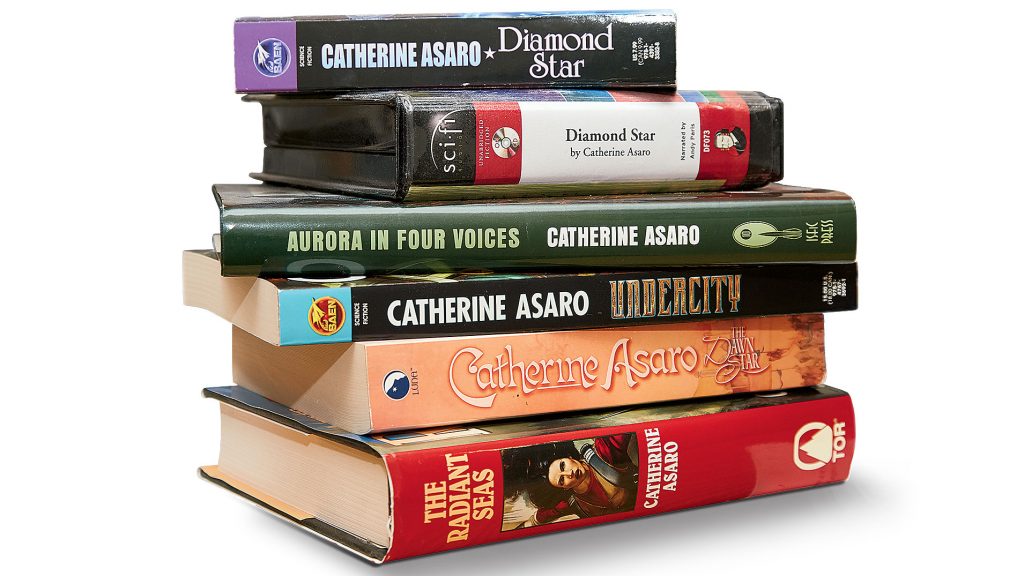
Once she received her doctorate and married John Kendall Cannizzo, now a NASA astrophysicist (she decided he was worth dating when, in secret and in the middle of a Massachusetts winter, he moved a piano into her office at Harvard), Asaro took a teaching job at Kenyon College in Ohio. After three years, she quit to write full-time.
“In retrospect, I don’t know what I was doing,” she says. “I’d just had a baby. I didn’t have a job; my husband didn’t have a job. But it worked out.” In 1995, she published her first novel, Primary Inversions—about three empires competing for control of human civilization—and began producing more at a furious rate.
For years, science fiction was her living, with an output of up to two novels a year, a total of 26 over the last two decades. She won a pair of Nebulas—one of the genre’s top awards—and her books are celebrated for both for their grounding in science and their emotional complexity. Her most famous and long-running Saga of the Skolian Empire series is set in a land that was formerly a matriarchy ruled by a dynasty of warrior queens. The protagonists, the Ruby Dynasty, are brilliant empaths—some gifted in dance, others in math and engineering.
Asaro loves writing more than anything—more than math, more than teaching: “I’m not doing it for others—I’m doing it for me.” However, the child born when Asaro was starting out as a writer, also named Catherine, turned out to be talented in both dance and math. When she was in fifth grade, in 2000, her daughter tested at college level in math. “I’m not going to send a fifth-grader to college,” Asaro thought. So she decided to homeschool her in math and science. To keep the younger Catherine company, she opened the group to other students, forming a club called Howard Homeschoolers.
At this point, supply and demand set in. Asaro doesn’t advertise, but once word got out about a Harvard-educated math scholar offering nearly one-on-one coaching, the program expanded rapidly. Within about three years, Asaro was teaching more than 100 kids, mostly homeschooled.
***
When her daughter left for college, Asaro stopped tutoring and took a job teaching at UMBC. “This does not pay a lot,” Asaro says of her tutoring. In the category of afterschool programs, Asaro is cheap: She charges $280 for a 14-semester class, with family discounts, and she pays a lot of the expenses, including travel to math competitions around the country, out of her own pocket. Her final salary is tiny, especially considering the hours she puts into the program each year.
Still, about three years ago, after her daughter began graduate school—she’s a PhD student in math at Berkeley—Asaro started again. One student wanted to form a team for the MathCounts competition, and she put out a notice. Then “someone said, ‘Well, my child would like to do that, too—could you start a team with my school?’ I just kept thinking: It’s only a few more.” Pretty soon, she was up to 250 students a week, under the name Chesapeake Math Program.
Meanwhile, when it comes to writing, “the teaching slows down my productivity a lot,” she says. Asaro is working on revisions of one novel, and another novel and “novelette” are due imminently. Although she tries to keep part of Wednesday and Thursday open to write, “invariably the math starts encroaching on the free days.”
Still, Asaro has stuck with the tutoring in large part because, despite vows to give it up, she loves it. When she was little, she says, no one wanted to play teacher with her because she assigned actual homework—and graded it. But she also views her work with mostly Howard and Montgomery County kids as a public service—“my way of giving back” to the sort of gifted, slightly offbeat young people among whom she once counted herself: “The schools are just strapped. Your gifted-and-talented resources can only take so many kids.”
Demand is pretty much unlimited, as Asaro’s teaching skills happen to be suited to the moment in which she finds herself. Math competitions have become increasingly popular and numerous, but some public schools—except mathlete hothouses such as Takoma Park Middle School’s STEM magnet program—aren’t able to supply a coach or send teams to competitions.
“Most of the schools don’t have that resource or the time,” says Shuai Yuan, father of one of Asaro’s young math competitors. Once parents at Yuan’s son’s middle school, Robert Frost, contacted Asaro, however, she set up a team, which she now coaches, “essentially for free,” according to Yuan. Although he and his wife worried about their son Daniel, the boy now has a group of friends who share his interests, and he’s one of Asaro’s top students. Last spring, he took first place at the Maryland state MathCounts competition.
Last year, Asaro helped establish or coach 11 competition teams, including three composed of homeschooled kids. She also tutored a number of kids who compete on other teams, including Takoma Park Middle School’s. Sarah Manchester, who coaches the Takoma team, says teaching a competition team is significantly different from teaching normal math: “It relies more on creativity than most of the problems you’d encounter in a math class. You might have to come up with some clever way to apply a strategy, or you might have to notice a pattern.”
Asaro’s style tends to be practical and demystifying. Whether she’s talking to advanced students or those struggling with pre-algebra, she identifies a few basic rules that, if memorized, let students make rapid intuitive leaps and fill in the rest.
“So log of 1 over y2—what does that simplify to?” she asks a class of very eager advanced middle-schoolers, one of whom shouts the answer. “Yeah, this is negative 2 times the log of y,” Asaro says, writing it on the board. “If you haven’t seen logs before and you take one of these high-school tests that use them, if you know these rules, you’ll be surprised how easy it is.” A roomful of tween prodigies nods.
Until she can actually decide to quit, Asaro is likely to be swamped with work—and behind on book deadlines. “I’ll do maybe three, four more years,” she says, then retracts the statement with a laugh. “Knowing me, I’ll be doing this a long time.”
This article originally appeared in the January 2017 issue of Washingtonian.

